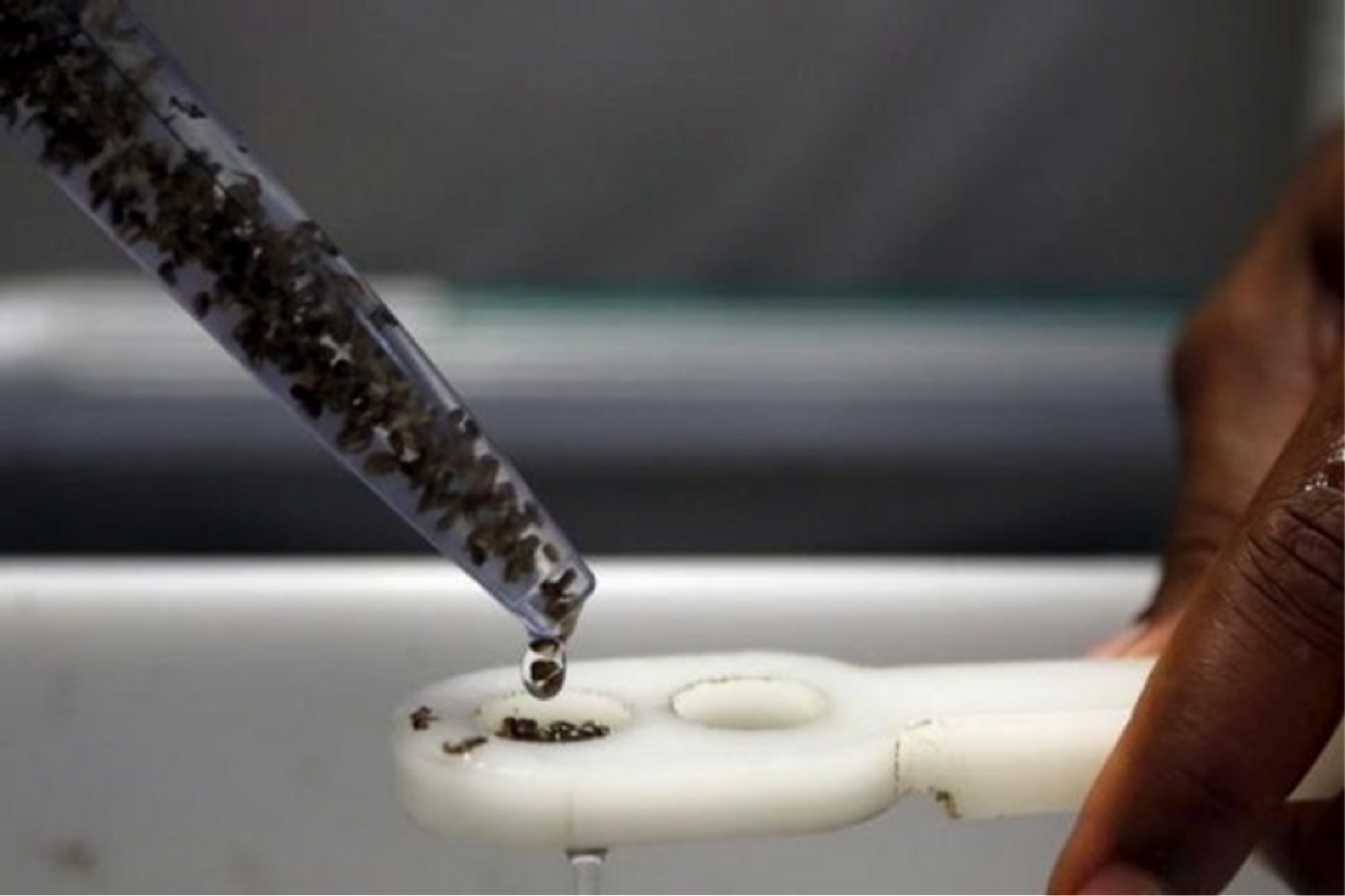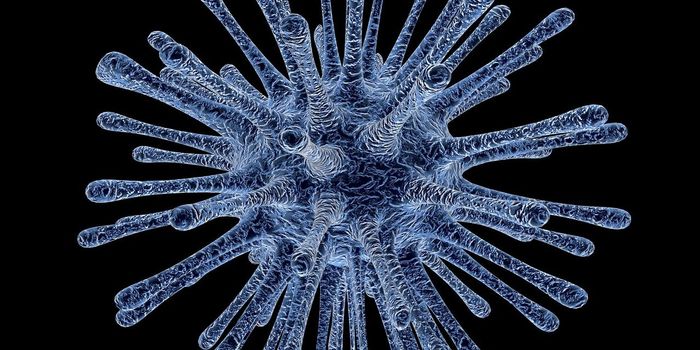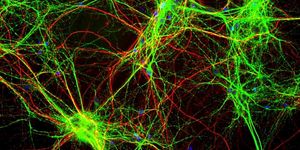With the current Zika outbreak, there’s been a definite shift in research to identify ways to stop this virus from spreading and causing more harm. Now, researchers from the Washington University School of Medicine have announced a
culprit gene that may lead to the first Zika drug target.

The Zika virus is spread by the Aedes genus of mosquitoes and was first discovered in Africa in the 1940s, but it recently became headline news as South America reported one of the largest outbreaks to date. In particular, Brazil reported over 4,000 cases of Zika-linked microcephalic births in 2015 alone. This statistic represented a staggering 20-fold increase in the incidence of microcephaly in the nation. Microcephaly is marked by abnormally small heads and brains, leading to neurological and developmental deficits. In April of 2015, the Centers for Disease Control and Prevention confirmed that Zika does, indeed, cause microcephaly. Thus, the race was on to find way to stop Zika from spreading.
To solve this problem, the research team looked at the virus’ genetics. “We wanted to find out if we could identify genes present in the host cells that are absolutely required by the virus for infection,” said Michael Diamond, professor at Washington University, and senior study author.
Diamond and his team looked at 19,000 genes in the virus. Of this, they narrowed the list down to only “nine key genes that the virus relies on for infection or to spread,” said the researcher. They then used the genome-editing tool known as CRISPR to shut down certain genes to see if the virus can still spread.
Though all nine genes play important roles in the virus’ spread, the team was able to hone in on one that shut down the virus but left the host cells intact. That gene is called SPCS1, and the disabled version seems to stop the West Nile virus and other members of the Flaviviridae family, including Zika, dengue, yellow fever, Japanese encephalitis and hepatitis C viruses. Importantly, the team noted no harm to the human cells from this change.
"Flaviviruses appear to be uniquely dependent on this particular gene to release the viral particle," Diamond said. "In these viruses, this gene sets off a domino effect that is required to assemble and release the viral particle. Without it, the chain reaction doesn't happen and the virus can't spread. So we are interested in this gene as a potential drug target because it disrupts the virus and does not disrupt the host."
So while a drug isn’t yet available, the study has identified a potentially ‘druggable’ pathway to stop the spread of Zika. Hopefully future research will likely include compound candidates that can inhibit SPCS1.
Additional source:
US National Library of Medicine


![[Guide] 7 Strategies to Boost Laboratory Collaboration](https://d3bkbkx82g74b8.cloudfront.net/eyJidWNrZXQiOiJsYWJyb290cy1pbWFnZXMiLCJrZXkiOiJjb250ZW50X2FydGljbGVfcHJvZmlsZV9pbWFnZV83YzBjZWIwM2Y5YzI4MmFlYzBhZDZhMTcyNTQ1ZGU3YmE4Y2MzMDYyXzUxNDkuanBnIiwiZWRpdHMiOnsidG9Gb3JtYXQiOiJqcGciLCJyZXNpemUiOnsid2lkdGgiOjcwMCwiaGVpZ2h0IjozNTAsImZpdCI6ImNvdmVyIiwicG9zaXRpb24iOiJjZW50ZXIiLCJiYWNrZ3JvdW5kIjoiI2ZmZiJ9LCJmbGF0dGVuIjp7ImJhY2tncm91bmQiOiIjZmZmIn19fQ==)






